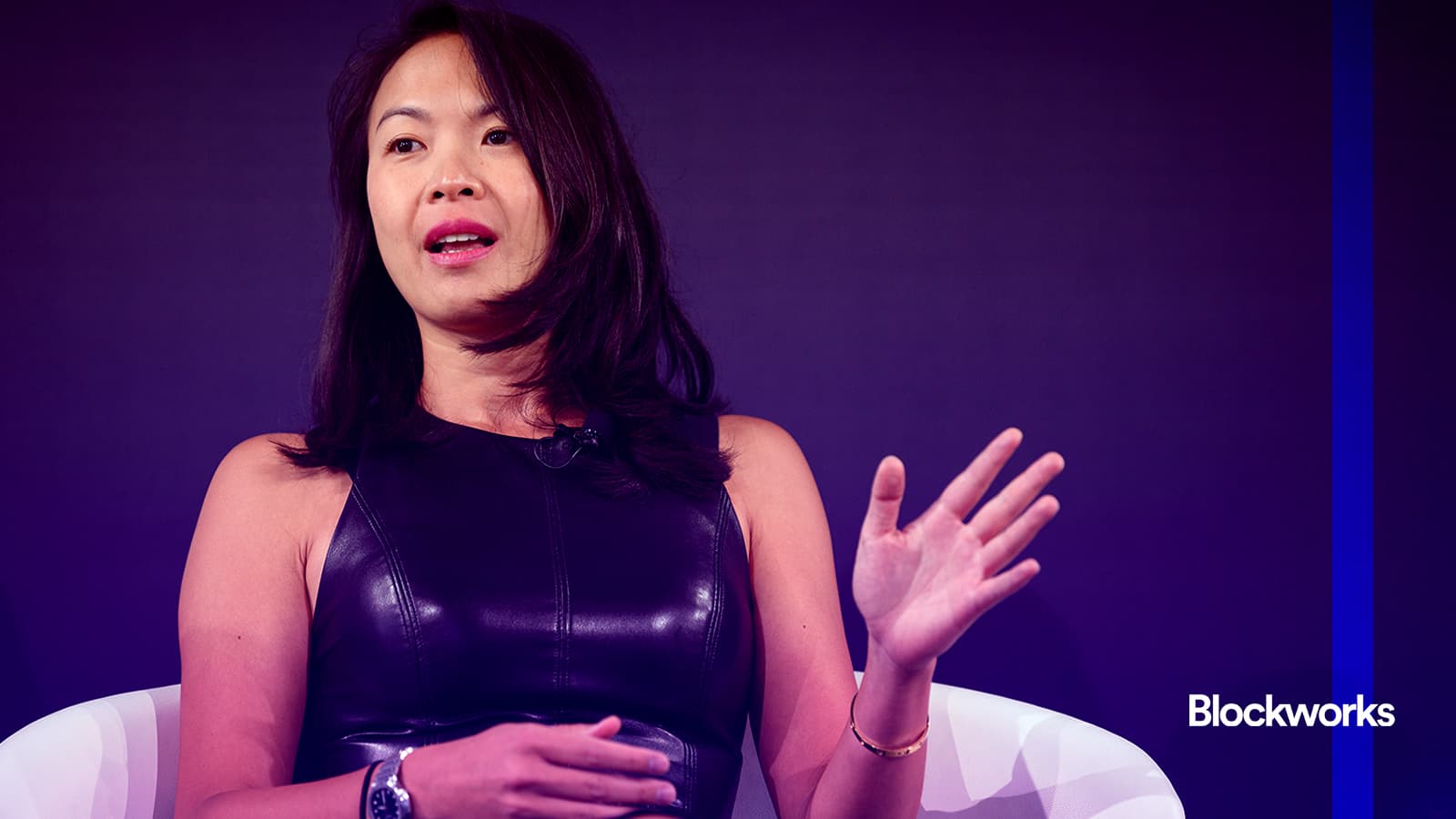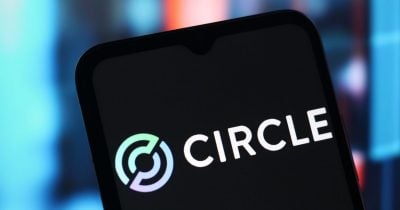This is a segment from the Empire newsletter. To read full editions, subscribe.
If the first version of real-world assets was akin to NFTs, the second version’s more like memecoins (just because of liquidity), Gauntlet’s Tarun Chitra explained on this morning’s Empire podcast.
”It’s a lot easier to deal with composability-wise, and you don’t have to build a whole separate stack. NFTs had to build their own total separate stack, and then once people stopped using them, that stack also kind of fell. And so I think being able to have this kind of liquidity aspect to RWAs was just not there,” Chitra said.
The episode focuses — as you might be able to tell from the above quote and the recent announcements from these three — on the tokenization of private credit with Securitize’s Carlos Domingo and Apollo’s Christine Moy.
For Securitize and Apollo, this represents another step in a partnership that began earlier this year. But to Chitra’s earlier point, RWAs have come a long way.
“ The fact that we are making traditional assets interoperable with open architecture is the key point,” Moy explained. In the earlier versions, Moy’s work was focused on “bespoke systems that were behind walled gardens.”
We all know that one of the downsides of the so-called traditional way of doing things at big financial institutions is that everything innovative takes time to develop. Part of it is just the process. The other, compliance.
But as Moy said, ”the velocity of innovation in the crypto space is significant, because what you have is open source code, open architecture, that’s well understood. You have smart contract libraries that have already been audited, and are composable.”
In the late April announcement, Domingo said its RWA strategy is an example of “institutional-grade DeFi we’ve been working to build: making tokenized securities not only accessible, but compelling to crypto-native investors seeking strategies that objectively outpace their traditional counterparts.”
To put it simply, the door is now open for institutional investors to earn some “enhanced yields” that were previously off the table.
According to Domingo, the buyers right now are pretty crypto-native.
“I think for today, we’re focusing all the products. All the customers we have today for ACRED…for anything…are all crypto native people.” These native customers are accessing the “products as a better way, [a] safer way of generating returns, as opposed to some much higher-risk strategies that they can still do in crypto that involve dealing with other types of assets,” Domingo explained.
It may not be wholly accurate to compare this market to memecoins. But, I think they do have something in common: They’re here to stay and could take even more market share as they mature (if memecoins even can mature).
Get the news in your inbox. Explore Blockworks newsletters:
- Blockworks Daily: Unpacking crypto and the markets.
- Empire: Crypto news and analysis to start your day.
- Forward Guidance: The intersection of crypto, macro and policy.
- 0xResearch: Alpha directly in your inbox.
- Lightspeed: All things Solana.
- The Drop: Apps, games, memes and more.
- Supply Shock: Bitcoin, bitcoin, bitcoin.




